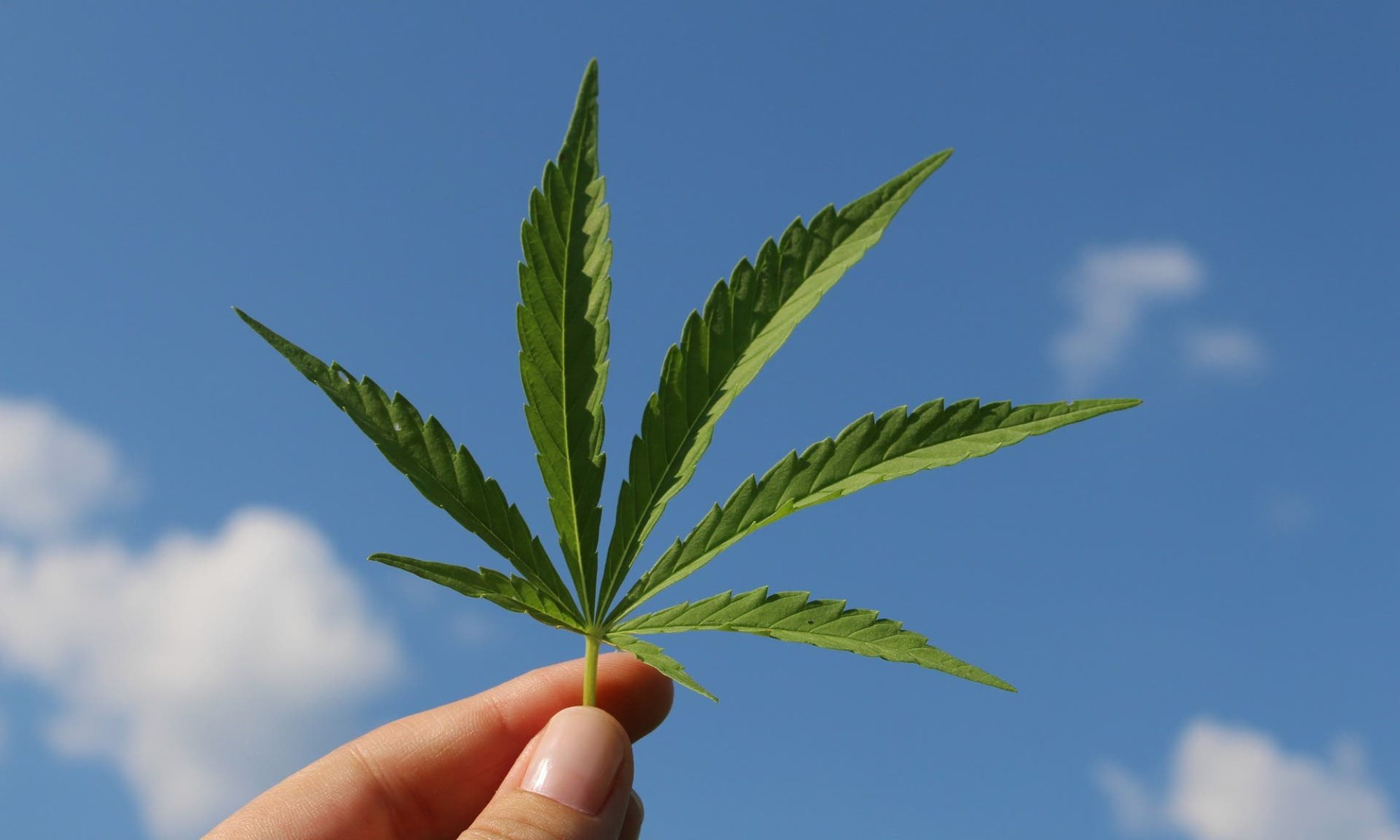Regular cannabis seeds produce both male and female plants, which can pollinate if not removed early on in the growing process. This can cause lower yields than if only female plants were used.
They are however still essential for breeders and offer the potential for new phenotypes. However, they require sexing to ensure only the female plants are kept and must be carefully monitored to remove hermaphrodite plants.
Breeding
Like all plants, cannabis requires male and female flowers to produce seeds. Regular seeds contain both, allowing growers to cross and create their own strains. This process, called breeding, allows growers to experiment with terpene profiles and highs to find the perfect cultivar.
Breeding is simple and doesn’t require any expensive equipment, so anyone can start experimenting with the science of creating new strains from home. Simply harvest pollen from a male flower, and place it on a female plant to trigger fertilization. The result is a female cola that will eventually produce smokable buds and seeds.
Professional breeders use a number of factors when selecting the right parents, including potency, yield, disease and pest resistance, genetics, and other traits. Breeding also gives growers a more hands-on experience with the cannabis plant. By experimenting with the process, they can learn about selective breeding and backcrossing. They can also experiment with different phenotypes, or the physical expression of the plant’s genome.
Cloning
If you’re growing your own cannabis for home use, clones are an easy way to get your garden going. They’re also an option for growers who want to create new strains that they can cultivate from seeds.
However, the process of cloning can be tricky and requires a lot of care to ensure success. This includes using a rooting medium, such as Rockwall or starter cubes, and providing the clone with nutrients. Clones are also more susceptible to infection by pathogens, which can be hard to avoid if your mother plant was sick or diseased.
Clones can also be less vigorous than seeds, which means they’ll require fewer nutrients and may take longer to start producing buds. They’re also more sensitive to light, which can make them wilt under certain conditions. As a result, clones need to be handled differently than seeds. They should be inserted into the rooting medium right after they’re cut and need to be given plenty of water and light to develop strong roots.
Germinating
If you are growing cannabis from scratch, your seeds will need to germinate before you can plant them. There are several methods to help you do this. The most common is the paper towel method, where you place your seeds in kitchen towels and keep them moist. Cheap, non-porous paper towels work best for this, although you can use other kitchen supplies as well.
A warm overnight soaking is also helpful, especially for seeds with particularly hard shells or older seeds. Soaking will soften the shell, which can make it easier for a tiny taproot to break through it and start growing.
Another option is to use a germination station, which is like a mini greenhouse that can hold peat pellets, starter cubes or seedling plugs. It keeps them warm, moist and protected from any light, temperature changes or other threats that might harm a young seedling. You can also create a simple improvised greenhouse by loosely covering the starting pots, pellets or cubes with a plastic bag.
Growing
While feminized seeds are now the norm, regular marijuana seeds still offer growers plenty of flexibility and options. They don’t require a reduction in light hours to shift into flowering, and are typically hardy enough to thrive in various growing conditions.
They’re also ideal for crossing strains, allowing you to create your own cultivars at home. For example, combining an indica and sativa could give you the perfect balance of effects. You can even experiment with opposing terpene profiles to see what new flavors and aromas you can come up with.
One of the biggest reasons why regular seeds remain popular is because they preserve genetic stability for breeding purposes. Feminized seeds do the same, but they also eliminate the possibility of acquiring male plants (hermaphroditism) and limit the range of available phenotypes. This is important for breeders, as they need a mixture of both male and female plants to make crosses. For this reason, many professional growers choose to use regular cannabis seeds in their production.

